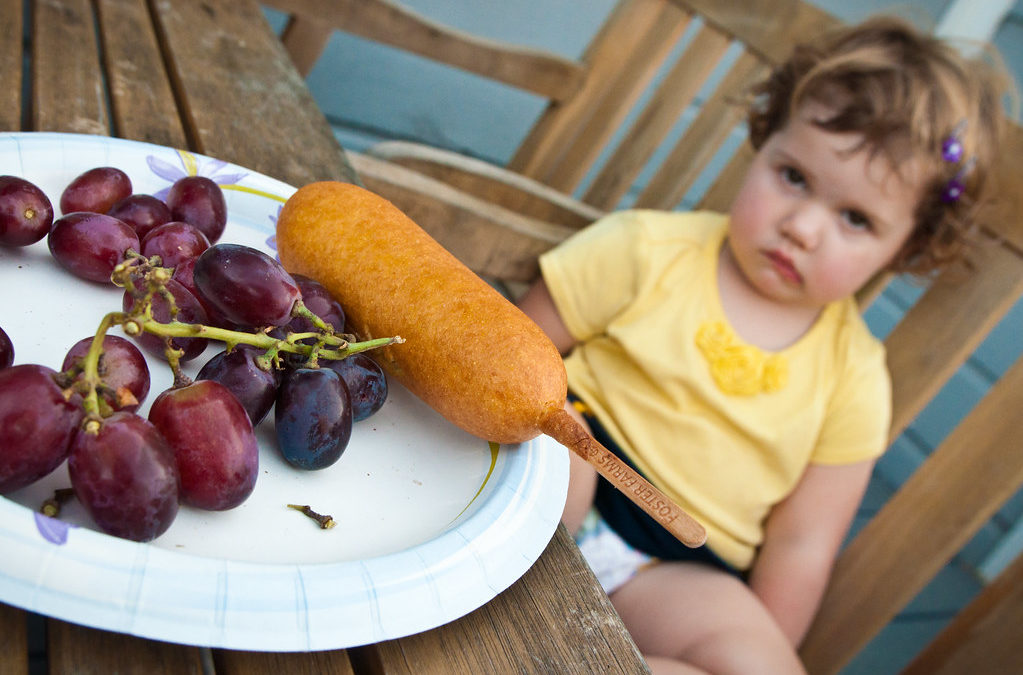Family meal times can bring unnecessary stress. Do not let having a picky eater impact your time spent with family. Here are some helpful feeding strategies to help reduce that stress.
-
Positioning – Children will perform best when their feet are flat on a sturdy surface, eating surface is at waist level, and they are able to reach all things in front of them.
-
Variety – Offer an assortment of different foods. Make sure to include both preferred and non-preferred options. Never force your child to finish the full amounts if they are unable to.
-
Volume – Offer small amounts of each food option on their plate so that they are not overwhelmed. Children are more likely to try one bite of a new food than a whole helping.
-
Choices – Offer multiple choices based on the foods provided.
-
Separate – Bring supplies like divided plates or a cupcake baking sheet that will allow you to keep the foods separate.
-
Make it fun – Bring fun utensils to meal time, try using different utensils for each food, or try to bring a favorite toy so you can pretend to feed that toy too.
-
Messy Play – If your child is not willing to try the new foods encourage them to describe the food using color, texture, taste, smell, ect. Allow messy play so that they can explore and interact with the options on their own terms. A great example of messy play could be utilizing various cookie cutters to make playful shapes.
-
Model – Demonstrate to your child what your expectations are with each food and how they should interact with it.
-
Praise not Reward – Children feel very accomplished when given praise like “I see that you are trying hard to try ___”, “Good job touching ___”, “I see that you are trying hard to try ___”. However, providing rewards or treats after eating a non-preferred food is not the best option for supporting carry over and independence. Give lots of praise but not rewards.
For more information pertaining to picky eating or other therapy-related resources

